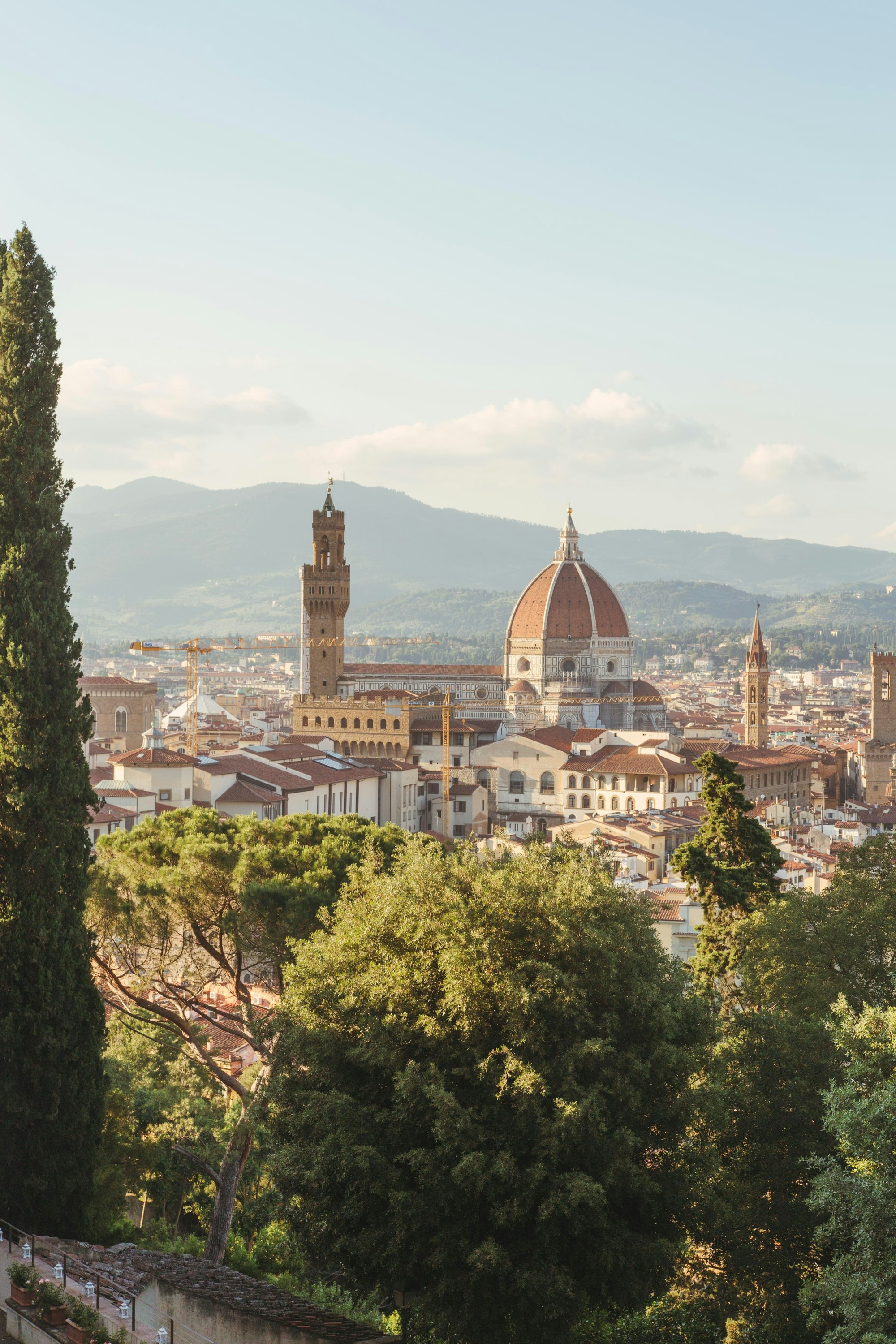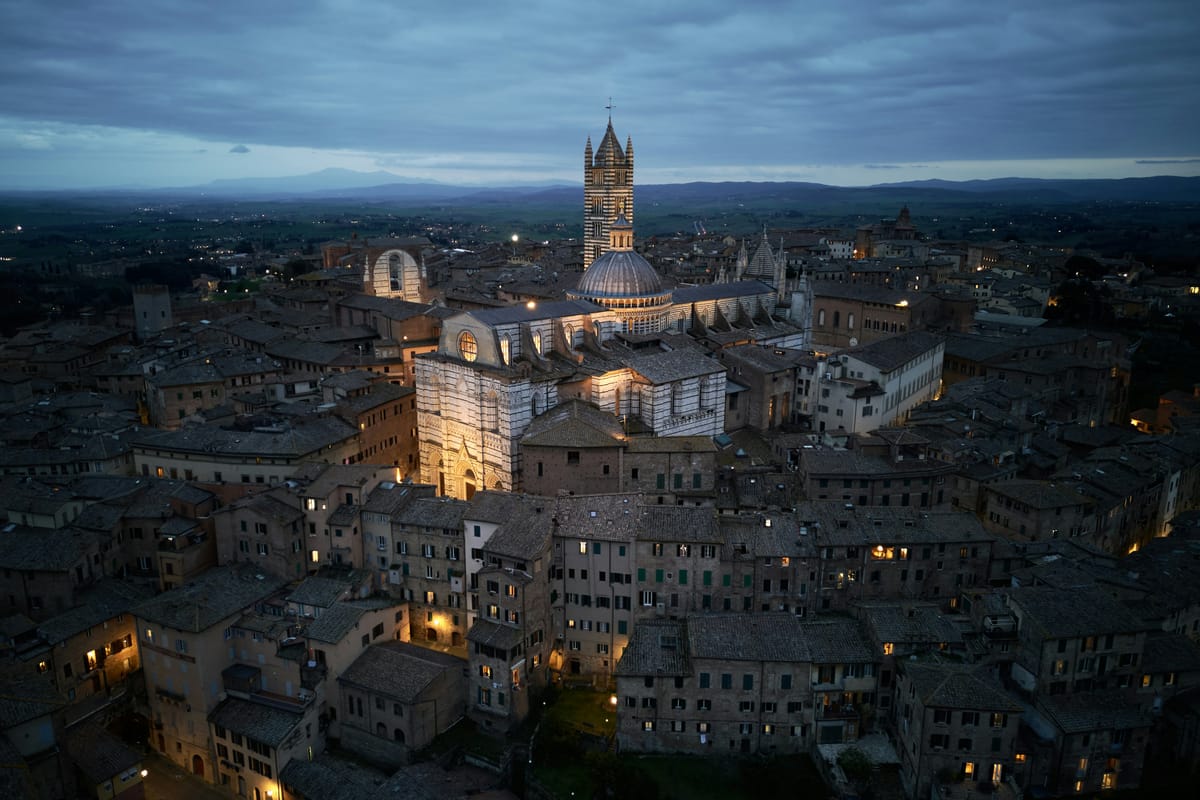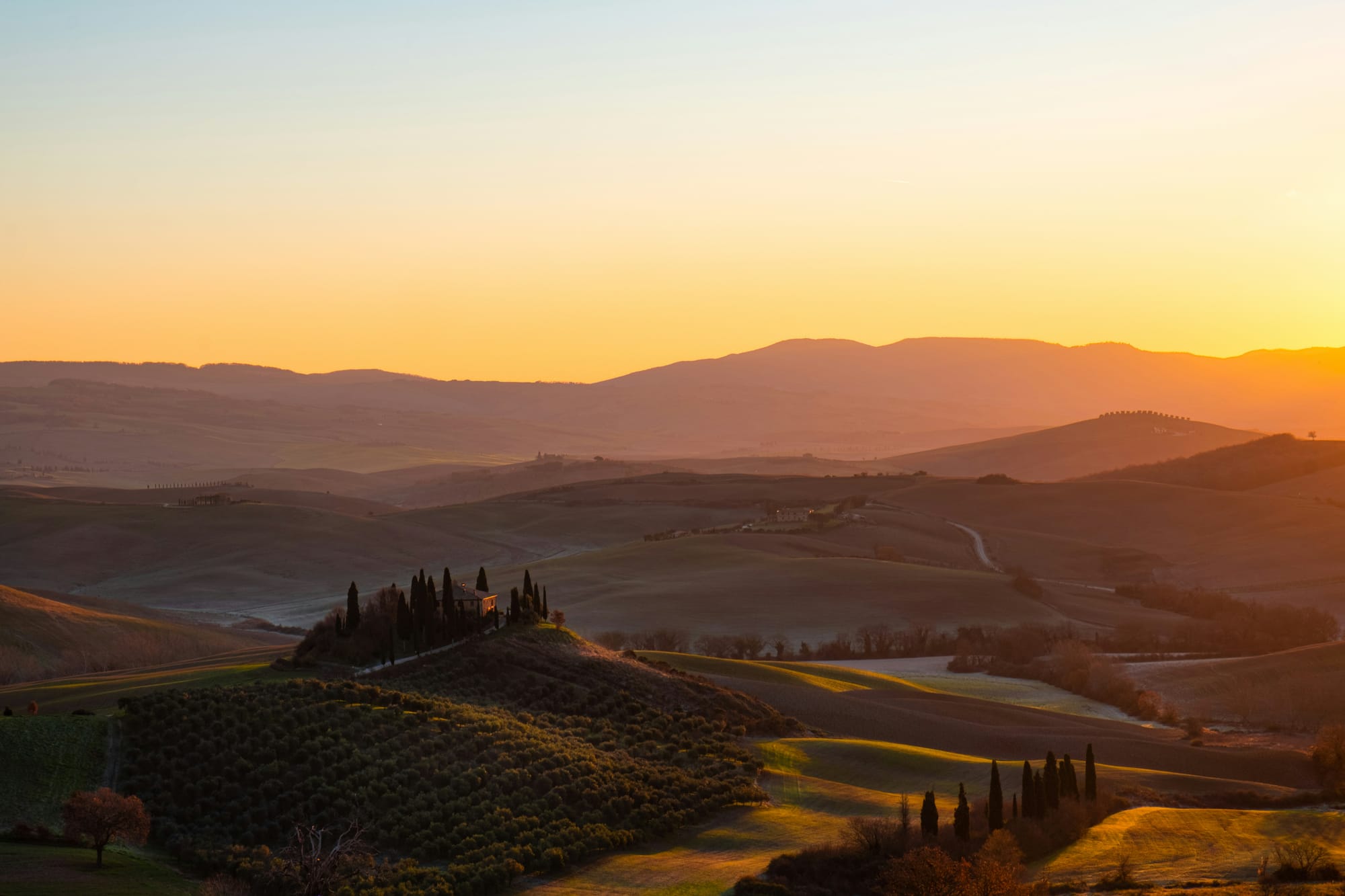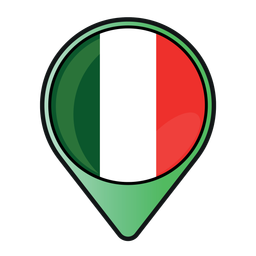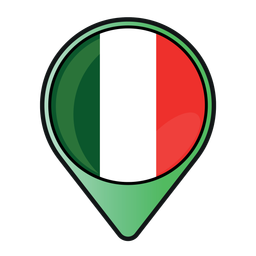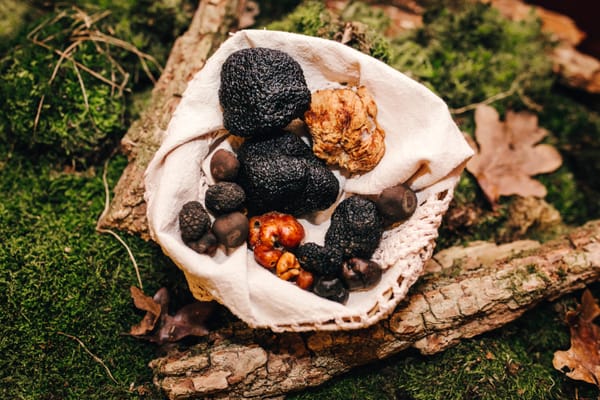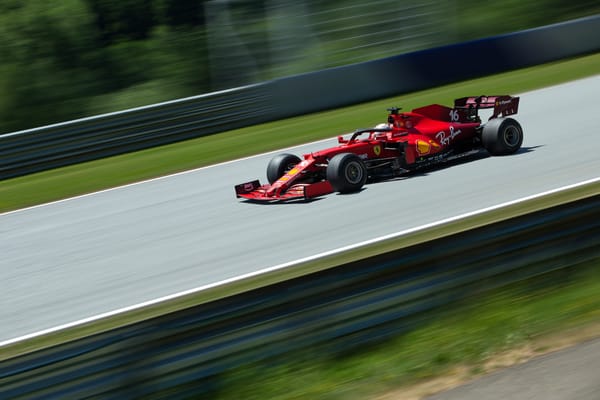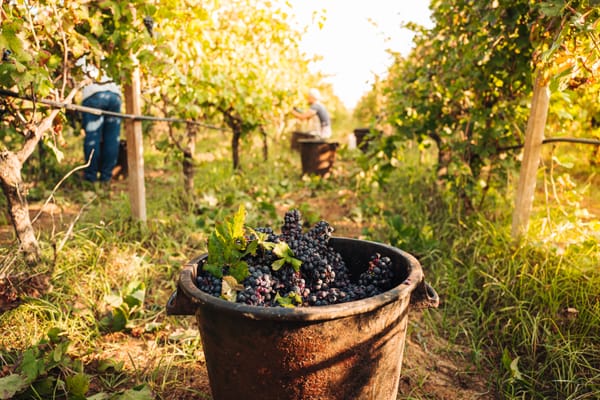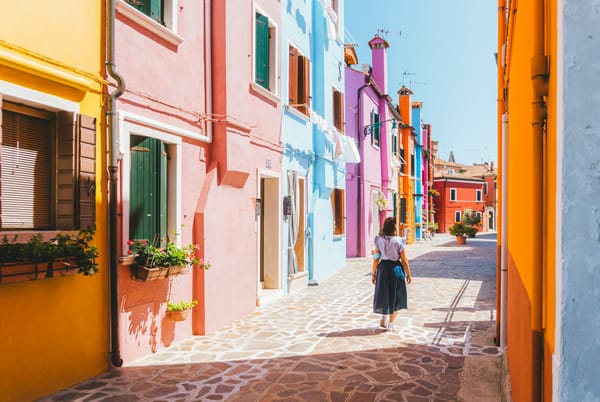Tuscany. The name itself is a whispered promise, a melodic word that for centuries has conjured images of an idyllic and enlightened land. It’s a landscape painted by the masters of the Renaissance and sculpted by millennia of human touch, where rolling hills bathed in a unique golden light ripple towards the horizon, their slopes stitched with the dark green of cypress trees and the silver-grey of olive groves. This is the cradle of the Italian language, the birthplace of Western art as we know it, and a region whose profound influence on global culture is impossible to overstate. To journey here is to walk through living history, to see the world through the eyes of Michelangelo, Leonardo, and Dante.
But the allure of Tuscany extends far beyond its monumental art and its historical gravitas. Its true soul reveals itself more quietly, on the open road, in the moments between destinations. It's in the scent of wild herbs carried on a warm breeze, the taste of freshly pressed olive oil, the sight of a medieval borgo perched impossibly atop a hill, seemingly untouched by time.
A self-driven tour is not merely a mode of transport; it is the essential key to unlocking this deeper, more authentic experience. It offers the precious gift of freedom—the freedom to linger, to get deliberately lost down a white gravel road (strada bianca), to discover a family-run trattoria serving recipes passed down through generations, or to simply pull over and absorb a vista so breathtaking it feels eternal. This itinerary is designed for the meticulous planner who seeks to move beyond the superficial and connect with the heart of Italy, crafting a journey that is both perfectly planned and wonderfully spontaneous.
Why a road trip is the best way to experience Tuscany?
To truly grasp the essence of Tuscany, one must embrace the journey itself. A road trip allows for spontaneous detours down intriguing country roads, extended stays in villages that capture the imagination, and the ability to travel at a pace dictated by curiosity. It is the difference between seeing Tuscany and experiencing it. Driving through the Val d'Orcia as the morning mist lifts or navigating the vine-covered hills of Chianti provides a sensory connection to the land that is simply unattainable.
This itinerary is built around this principle of discovery, providing a structure that encourages personal exploration.
Essential pre-trip planning for your Tuscan adventure
Meticulous planning is the bedrock of a seamless independent journey. Addressing these key logistics in advance will ensure a smooth and stress-free experience.
Car rental and navigating the roads in Tuscany
- Booking: Reserve a vehicle well in advance, especially during peak season (May-September). Opt for a mid-size car, as many village streets are exceptionally narrow. An automatic transmission is recommended if you are not accustomed to manual driving on steep hills.
- Documentation: An International Driving Permit (IDP) is legally required for non-EU drivers, in addition to a valid driver's license from your home country.
- Insurance: Ensure comprehensive coverage. While credit card companies may offer rental insurance, it's wise to confirm the specifics of their policy for Italy and consider supplemental coverage for peace of mind.
Understanding ZTL zones to avoid fines
- ZTL Zones (Zona a Traffico Limitato): These are restricted traffic zones in the historic centers of virtually all Italian cities and towns. Unauthorized entry results in substantial fines. Familiarize yourself with the ZTL signs and park in designated lots outside the historic centers. If your accommodation is within a ZTL, contact them beforehand to arrange for temporary access for your vehicle's license plate.
- Autostrade (Highways): Italy's major highways are toll roads. Payment can be made with cash or credit cards. Keep track of your entry ticket.
- Strade Statali (SS) and Provinciali (SP): These are state and provincial roads. They are often more scenic and lead directly through the countryside and small towns that are the focus of this itinerary.
- Parking: Look for blue-lined parking spaces, which indicate paid parking ("parcheggio a pagamento"). White lines usually signify free parking, and yellow lines are reserved for residents.
Choosing your accommodation: The agriturismo experience
- For an authentic Tuscan experience, consider staying in an agriturismo. These are working farms that offer guest accommodations, ranging from rustic to luxurious. They provide a unique opportunity to connect with the local landscape and cuisine, often featuring on-site restaurants serving farm-to-table meals and their own wine and olive oil. Booking several months in advance is highly recommended.
The best time to visit Tuscany
- The shoulder seasons of spring (April-June) and autumn (September-October) are ideal. The weather is pleasant, the landscapes are at their most vibrant, and the summer crowds have thinned. This period also coincides with many local food and wine festivals (sagre).
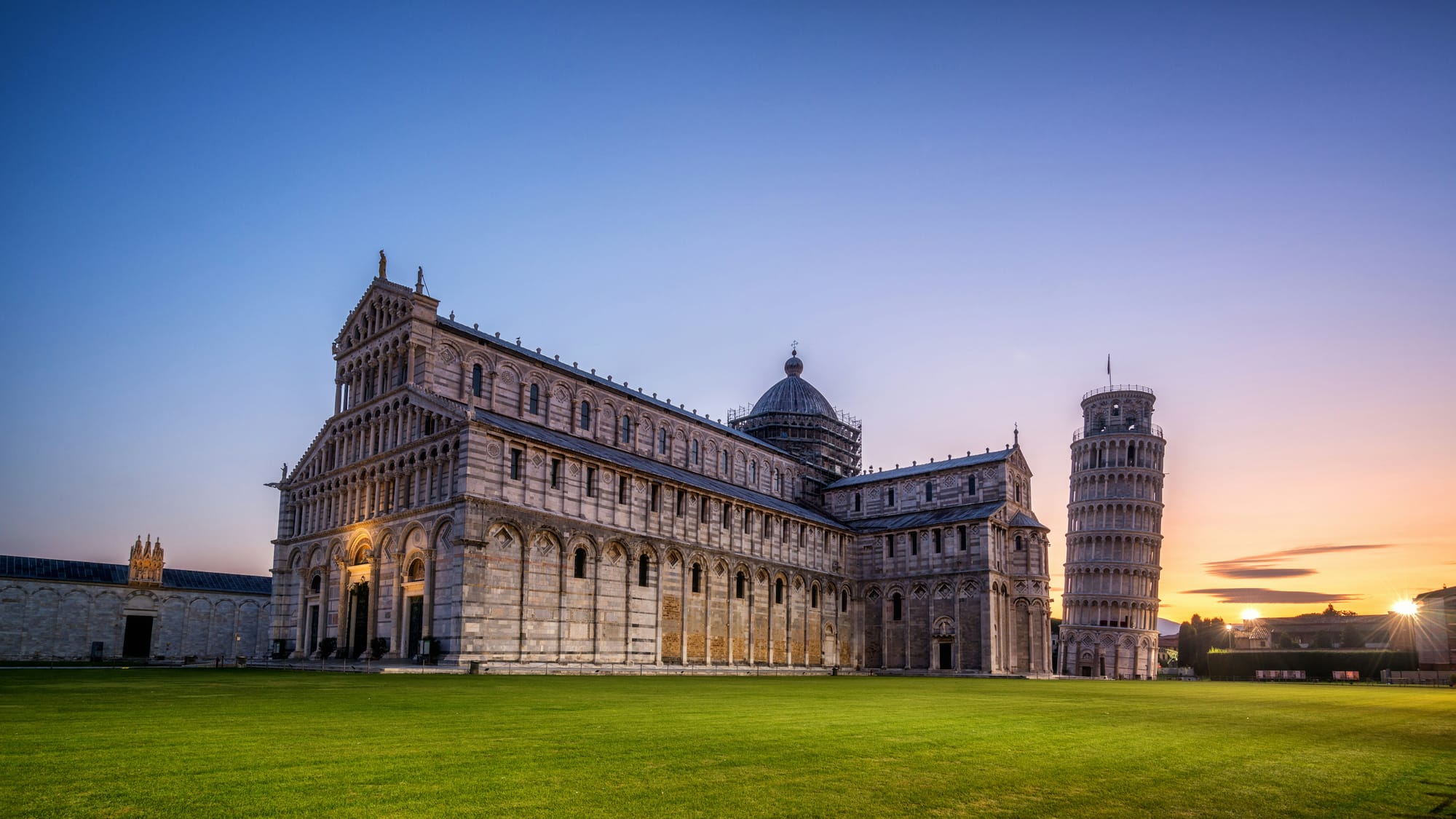
The 7-day classic Tuscany itinerary
This itinerary is a perfectly paced immersion into the highlights of Tuscany, ideal for a one-week journey. The total driving distance is approximately 550-600 kilometers (about 340-375 miles), allowing for a relaxed pace and scenic detours.
Day 1: Florence, the heart of the Renaissance
- Morning/Afternoon: Arrive at Florence Airport (FLR), pick up your rental car, and drive to your accommodation. It is strongly advised to choose lodging outside the city's ZTL or one that offers private parking and can register your vehicle. Settle in and begin your exploration on foot.
- Afternoon: Begin at the heart of the city, the Piazza del Duomo. Marvel at Brunelleschi's magnificent Dome, Giotto's Bell Tower, and the Baptistery of San Giovanni. Pre-booking tickets to climb the Dome is essential for a panoramic view of the city.
- Evening: Stroll to Piazza della Signoria, an open-air sculpture gallery with the Palazzo Vecchio as its formidable backdrop. Cross the iconic Ponte Vecchio, the only Florentine bridge to survive WWII, and explore the artisan workshops of the Oltrarno district. Enjoy a classic Florentine dinner, perhaps indulging in a Bistecca alla Fiorentina.
Day 2: Art and vista in Florence
- Morning: Dedicate the morning to the Uffizi Gallery. Home to masterpieces by Botticelli, Leonardo da Vinci, and Michelangelo, this is one of the world's most important art museums. Booking tickets months in advance is non-negotiable to avoid hours-long queues.
- Afternoon: Cross the Arno again to visit the Pitti Palace and the serene Boboli Gardens. For a different artistic experience, visit the Galleria dell'Accademia to stand in the presence of Michelangelo's David (pre-booking is also crucial here).
- Late Afternoon/Evening: Make the rewarding climb up to Piazzale Michelangelo. This vantage point offers the quintessential postcard view of Florence, especially as the sun sets over the Arno River.
- Learn more about Florence → Read our "The ultimate guide to Florence: what to see, do and know"
Day 3: A day trip to Pisa and Lucca
- Morning: Depart from Florence for a short drive (approx. 1.5 hours) to Pisa. Head directly to the Piazza dei Miracoli (Square of Miracles). While the Leaning Tower is the main draw, the stunning Cathedral (Duomo) and the Baptistery are masterpieces of Pisan Romanesque architecture that should not be overlooked.
- Afternoon: Drive a short distance (approx. 30 minutes) to the charming walled city of Lucca. Rent bicycles to ride atop the perfectly preserved Renaissance-era city walls, a unique and relaxing way to see the city. Explore the oval Piazza dell'Anfiteatro, which was built on the ruins of a Roman amphitheater.
- Evening: Drive towards your accommodation in the heart of Tuscany, ideally in the area around San Gimignano, to position yourself for the days ahead.
Day 4: The medieval towers of San Gimignano & Volterra
- Morning: Explore San Gimignano, a UNESCO World Heritage site famous for its striking medieval towers. Of the original 72 towers, 14 remain, creating a unique skyline. Climb the Torre Grossa for an unparalleled view of the town and surrounding countryside. Sample the local Vernaccia di San Gimignano, a crisp white wine.
- Afternoon: Drive to the nearby Etruscan town of Volterra. Perched high on a hill, it feels more rustic and less crowded than San Gimignano. Explore the Roman Theater, the Etruscan city gates, and the town's renowned alabaster workshops.
- Evening: Return to your agriturismo for a relaxing evening, perhaps participating in a cooking class to learn the secrets of Tuscan cuisine.
Day 5: Driving the Chianti Classico wine route
- Full Day: Dedicate today to the Chianti Classico wine region. The scenic Strada Regionale 222 (SR222), known as the Via Chiantigiana, winds its way from near Florence to Siena. Drive leisurely, stopping in key Chianti towns like Greve in Chianti (visit the unique triangular piazza), Panzano, and Castellina in Chianti.
- Experience: Book a tour and tasting at a historic winery. Many estates, such as Castello di Brolio or Antinori nel Chianti Classico, offer insightful tours of their cellars followed by guided tastings. A long, leisurely lunch at a winery restaurant is a quintessential Chianti experience.
- Evening: Arrive in Siena and check into your accommodation. Take an evening passeggiata (stroll) to get your first glimpse of the magnificent Piazza del Campo.
Day 6: Gothic grandeur in Siena
- Morning: Explore Siena, Florence's historic rival. The city's heart is the shell-shaped Piazza del Campo, one of Europe's greatest medieval squares and the site of the famous Palio horse race. Climb the Torre del Mangia for a commanding view of the city and its distinctive terracotta rooftops.
- Afternoon: Visit the Duomo di Siena, a breathtaking masterpiece of Italian Gothic architecture. Its striped marble façade is stunning, but the interior is even more impressive, with its intricate mosaic floor, sculptures by Donatello and Michelangelo, and the Piccolomini Library.
- Evening: Enjoy a final Sienese dinner. Sample local specialties like pici pasta and panforte.
- Read more about Siena → Read our "An insider's guide to Siena: what to see, do and know"
Day 7: The iconic landscapes of the Val d'Orcia
- Morning: On your final day, drive south from Siena into the Val d'Orcia, another UNESCO World Heritage landscape. This is the Tuscany of postcards: rolling hills, cypress groves, and fortified hill towns. Drive the scenic route towards Pienza, stopping at iconic photo spots like the Chapel of the Madonna di Vitaleta.
- Late Morning: Visit Pienza, the "ideal" Renaissance city designed by Pope Pius II. It is renowned for its harmonious architecture and its delicious pecorino cheese.
- Afternoon: Depending on your flight schedule, either drive back towards Florence (approx. 2 hours) for a late departure or head to Rome's Fiumicino Airport (FCO) (approx. 2.5 hours), which is often more convenient from the Val d'Orcia.
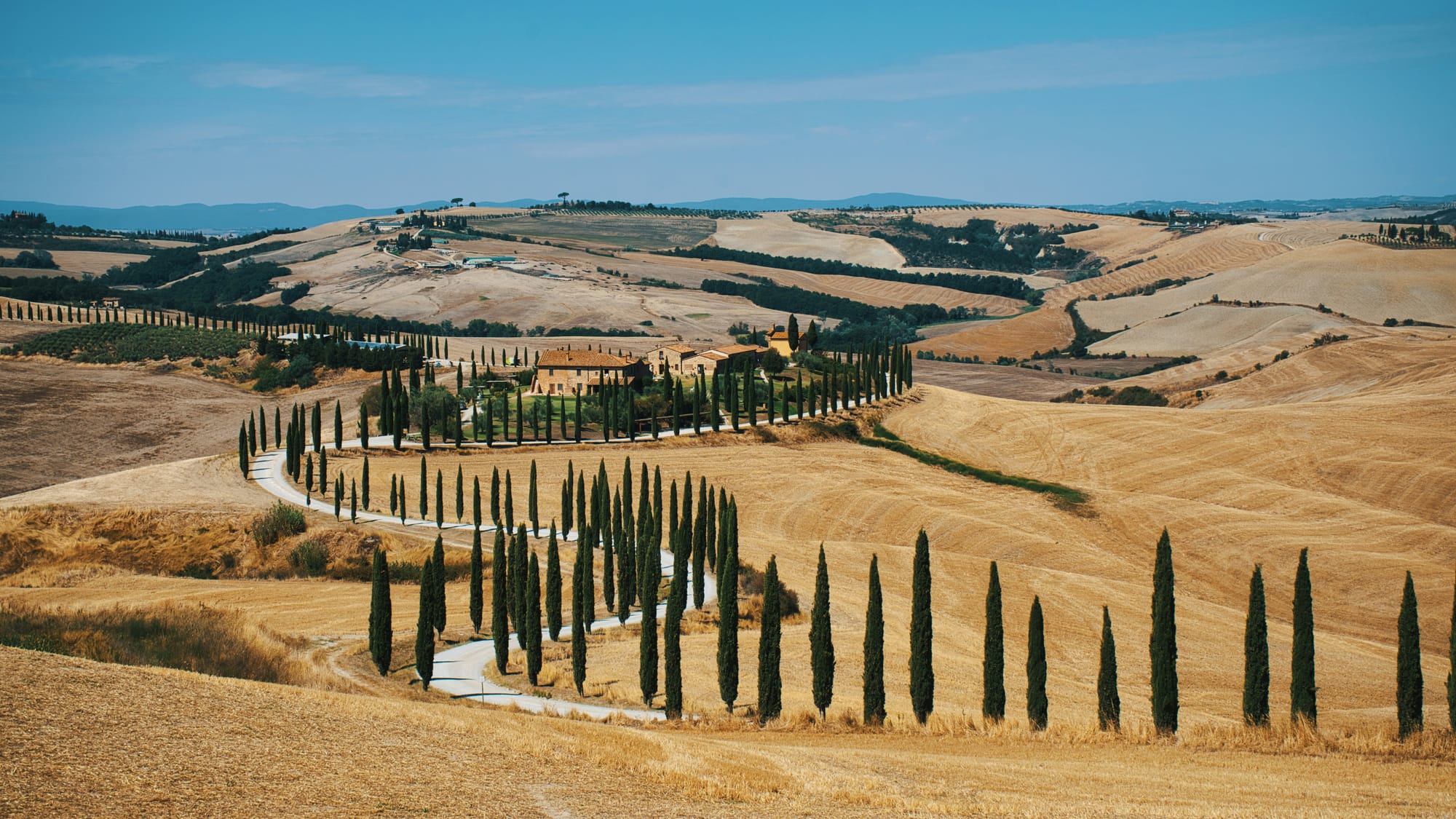
The 10-day deep dive: an extended Tuscan immersion
For those with more time, this 10-day itinerary builds upon the 7-day classic, allowing for a deeper exploration of the Val d'Orcia and the inclusion of other fascinating towns. The total driving distance is approximately 700-750 kilometers (about 435-465 miles), reflecting the broader exploration of the region.
Follow Days 1-6 of the 7-Day Itinerary.
Day 7: Brunello wine tasting in Montalcino
- Morning: Drive south from Siena into the Val d'Orcia. Your first stop is Pienza. Explore the Palazzo Piccolomini and enjoy the panoramic views from the city walls. Be sure to visit a local shop for a tasting of Pecorino di Pienza.
- Afternoon: Continue to Montalcino, a fortress town famous for producing one of Italy's most prestigious wines, Brunello di Montalcino. Visit the impressive Fortezza and, of course, enjoy a Brunello tasting at a local enoteca or a nearby winery.
- Evening: Settle into an agriturismo in the Val d'Orcia for a two-night stay, allowing you to fully absorb the tranquility of this region.
Day 8: Montepulciano and relaxing in thermal baths
- Morning: Drive to Montepulciano, another magnificent hill town known for its elegant Renaissance palaces and its full-bodied red wine, Vino Nobile di Montepulciano. Explore the historic cellars that run beneath the town, some of which are truly monumental.
- Afternoon: Indulge in a quintessential Tuscan experience of relaxation. Visit the thermal baths at Bagno Vignoni, where a large pool of steaming thermal water forms the town's main square, or the more rustic, natural hot springs of Bagni San Filippo.
- Evening: Enjoy a farewell dinner at your agriturismo, celebrating the flavors and wines you've discovered throughout your journey.
Day 9: Exploring Cortona and Arezzo
- Morning: Drive to Cortona, the beautiful hilltop town made famous by the book and film "Under the Tuscan Sun." Its steep, charming streets and sweeping views over Lake Trasimeno make it a worthy stop.
- Afternoon: Begin your journey back north. You could make a stop in Arezzo, a wealthy and often-overlooked city with a beautiful main square (Piazza Grande) and the stunning frescoes of Piero della Francesca in the Church of San Francesco.
- Evening: Choose accommodation near Florence or the airport for convenience for your departure the next day.
Day 10: Departure
- Morning: Enjoy a final Italian breakfast and a leisurely morning. Depending on your flight schedule, you might have time for some last-minute souvenir shopping or a final visit to a favorite spot. Drive to Florence Airport (FLR), return your rental car, and depart.
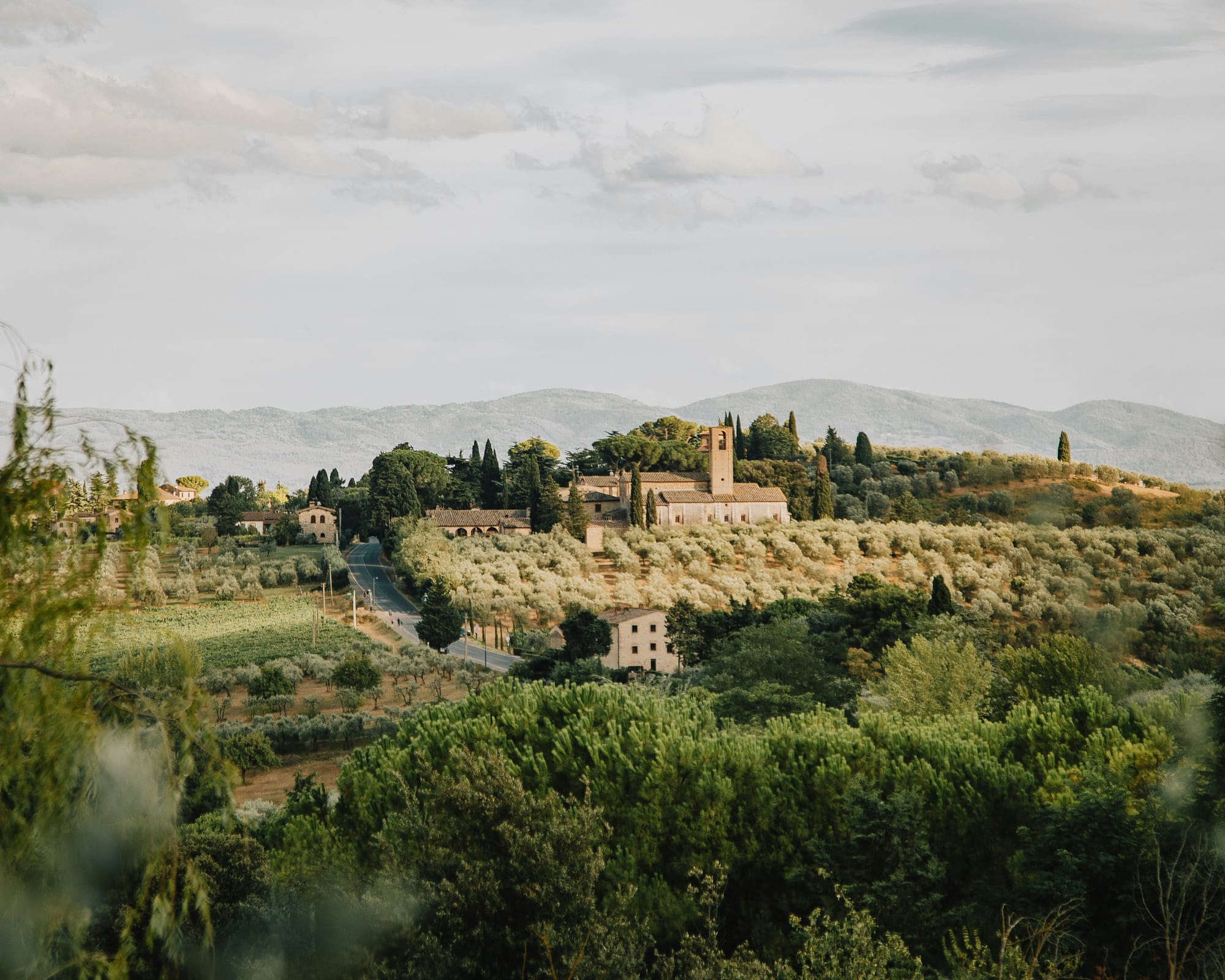
A more relaxing approach: Using strategic bases for your road trip
While moving every night or two allows for maximum coverage, many travelers prefer a more settled pace that minimizes the time spent packing and unpacking. By choosing two or three strategic bases, it's possible to see all the highlights of this itinerary through a series of relaxed day trips, allowing for a deeper connection with a specific area. This approach is perfectly suited for stays in agriturismi or boutique hotels that encourage you to settle in and feel at home.
Option 1: The two-base approach for a 7-day trip
This strategy divides Tuscany into a northern and southern hub, perfect for a one-week journey.
- Northern Base (4 Nights): A Chianti Agriturismo near San Gimignano. Position yourself in the heart of the Tuscan countryside, between Florence and Siena. An agriturismo here offers an immersive experience with easy access to the region's main arteries.
- From this base, you can easily explore: Florence (as a day trip, by driving to a tram station on the outskirts and taking public transport into the ZTL), Pisa, Lucca, San Gimignano, Volterra, and the entire Chianti Classico wine region.
- Southern Base (3 Nights): A Val d'Orcia Retreat near Pienza or Montalcino. This base immerses you in the iconic, cypress-studded landscapes of southern Tuscany. Choose a boutique hotel in Pienza for village life or a secluded agriturismo for stunning rural views.
- From this base, you can easily explore: Siena (on your travel day between bases), Montalcino, Pienza, Montepulciano, and the surrounding Val d'Orcia.
Option 2: The three-base deep dive for a 10-day trip
For a longer and even more relaxed trip, three bases allow for shorter day-trip driving times and a comprehensive exploration.
- Florence Base (3 Nights): Stay either in the city (choosing a hotel outside the ZTL with parking) or in a villa hotel in the surrounding hills (e.g., in Fiesole). This allows for a deep dive into the city's art without the pressure of a long commute.
- Covers: All of Florence, with an optional and easy day trip to Pisa and Lucca.
- Central Tuscany Base (4 Nights): The "Golden Triangle" - Chianti/Siena. Choose an accommodation between San Gimignano and Siena. This is the quintessential Tuscan heartland.
- Covers: Siena, San Gimignano, Volterra, Monteriggioni, and the entire Chianti wine region.
- Southern Tuscany Base (3 Nights): The Val d'Orcia. Settle near Pienza, Montalcino, or San Quirico d'Orcia. This base is for absorbing the iconic landscapes and enjoying the region's world-class wines.
- Covers: Pienza, Montalcino, Montepulciano, Bagno Vignoni, and Cortona.
This "home base" method transforms a road trip from a logistical challenge into a truly restful and immersive cultural experience.
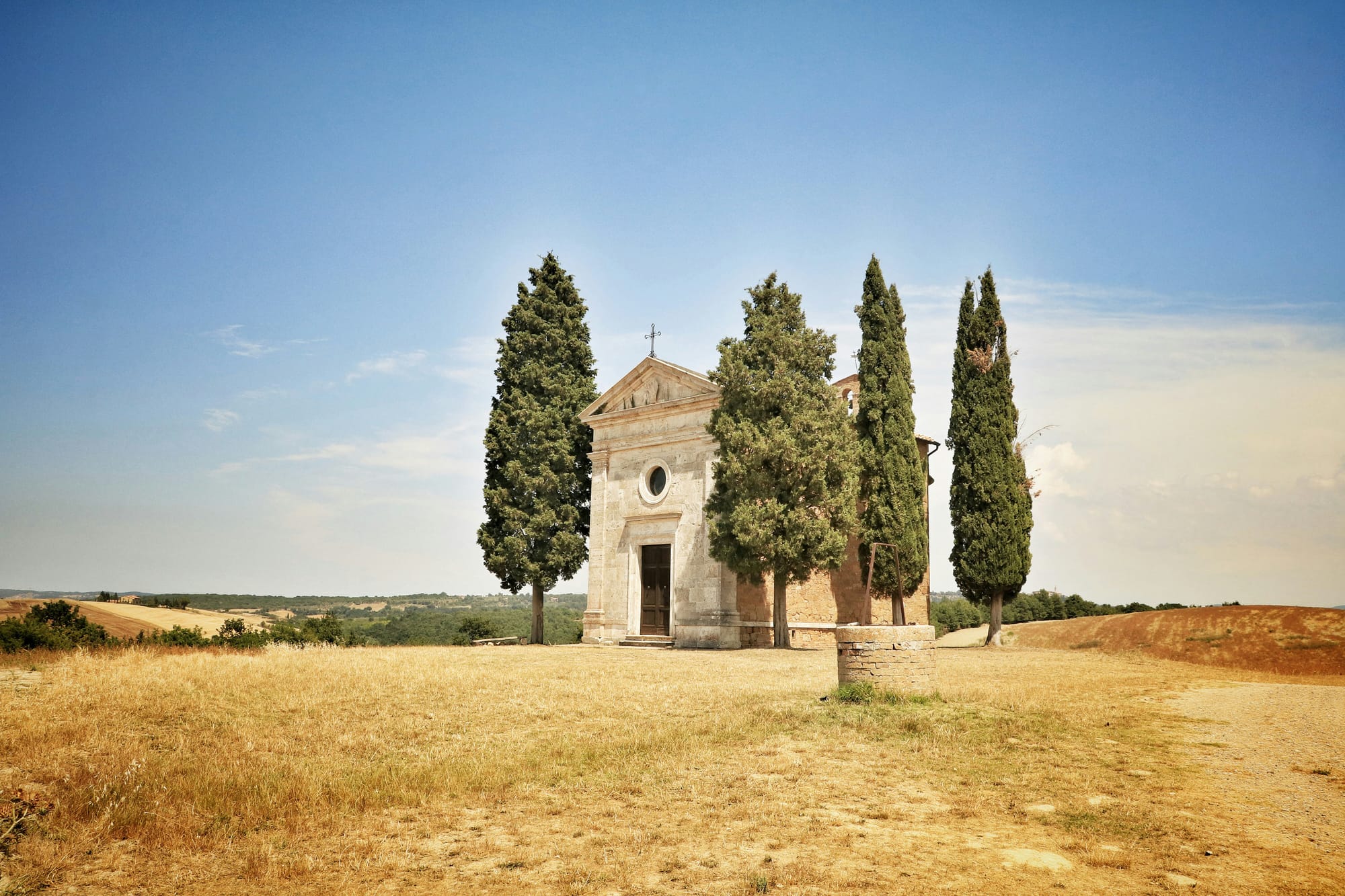
This itinerary is, by design, a guide, not a rigid set of rules. It is a map to be folded, unfolded, and occasionally ignored. The true luxury of a road trip through Tuscany is the freedom it affords, and its greatest treasures are often found not in the grand destinations, but in the quiet, unplanned moments along the way. It is in the decision to follow a sign for a local sagra (food festival), the long conversation with a winemaker who speaks with passion about his soil, or the simple act of sitting on a piazza bench, watching the rhythm of village life unfold.
To travel through Tuscany is to learn to slow down. It is an invitation to embrace the Italian philosophy of il dolce far niente—the sweetness of doing nothing. This is not about idleness, but about presence; the ability to savor a moment without the urge to rush to the next. The memories that will linger longest may not be of the famous artworks, but of the sensory details: the earthy aroma of a wine cellar, the texture of handmade pici pasta, the sound of church bells echoing across a valley, the warmth of the late afternoon sun. A journey here is more than a checklist of sights; it is a recalibration of the senses. By embracing this spirit of discovery, you will craft not just a vacation, but a personal and authentic Italian story—one that you will carry with you long after the journey is over.
Our definitive guides will help you plan your visit to Siena and Florence, where you can admire the charm of their historic squares and the culture of their museums.
